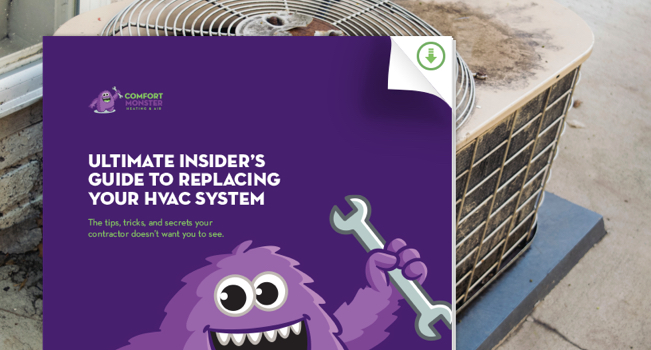Before You Call, Try These Quick Fixes
Check your Thermostat
Your thermostat will protect your HVAC system by using a delay between heat and cooling mode. You expect to be able to just increase the temperature a few degrees and the heat pump will come on, but you may not realize the “lockout” from your thermostat will prevent that from happening. It’s usually only a 5 minute delay, but make sure your settings are set for heating and you have the set temperature above the indoor temperature a couple degrees and then wait a little while. If “heating” is blinking it normally means it is in the delay period. When it goes solid and you still don’t have any heat after a few minutes, give us a call.
Check the Circuit Breaker
Heat pumps use auxiliary heat strips to help heat your house when it’s very cold outside. These heat strips use a lot of energy and can cause your heat pump breaker to trip. Locate your breaker panel and look for the breaker labeled “heat”. It’s often one of the larger breakers — 30 to 60 amps. If the breaker is tripped, try turning it off and back on again. You will probably still need to call us, but you might get some temporary heat in the mean time.
Check the Filters
Air flow is very important to any central HVAC system. Bad things happen when airflow is reduced below the design specifications. On a heat pump running in heat mode, 3 things in particular. 1) Increased refrigerant pressure. The high side pressure can be elevated which causes additional compressor load and wear, or excessively elevated which will trigger a high pressure shut down. 2) Heat strip burn out. The auxiliary heat strips will overheat and the life may be reduced. 3) Blower life. The blower moves the warm air through your home. Reduced airflow creates additional blower load that will increase your power usage and reduce the life of your blower.
Try Emergency Heat
Most heat pumps use auxiliary heat strips (some have a furnace) to help heat your house when it’s very cold outside or the heat pump (stage 1 heat) isn’t working. These heat strips use a lot of energy but can be used to provide temporary heat to your home if the heat pump is not working properly. Each thermostat is different but there should be a setting called “aux heat” or “emergency heat.” We don’t recommend using emergency heat for a long period of time, due to the cost, but it will work well to keep your house a comfortable temperature while we are on our way to help.









